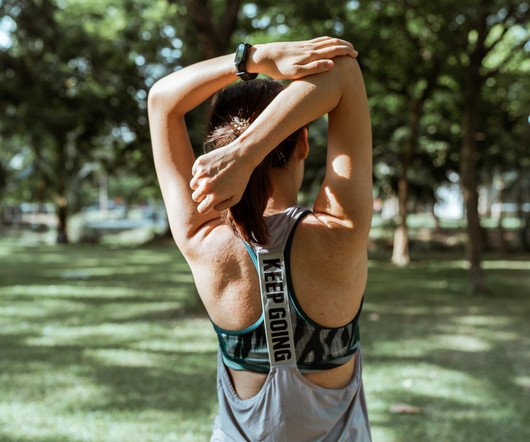Combating forward head carriage
Chiropractic Economics
AUGUST 10, 2024
Evaluating patient posture has been an essential tool in chiropractic care for decades, and it provides us with necessary information about how well the body is adapting to trauma, stress and the influence of gravity. It’s important because it foreshadows how well the body will age and perform biomechanically and neurologically in the future. It’s also interesting to note posture analysis was used to promote the chiropractic profession. 1 “In the 1950s and 1960s, U.S. doctors of chiropractic dec










Let's personalize your content